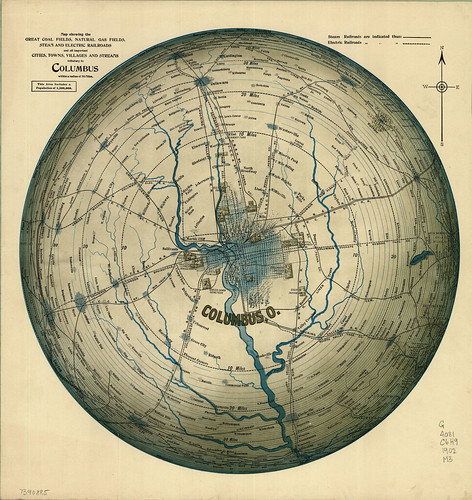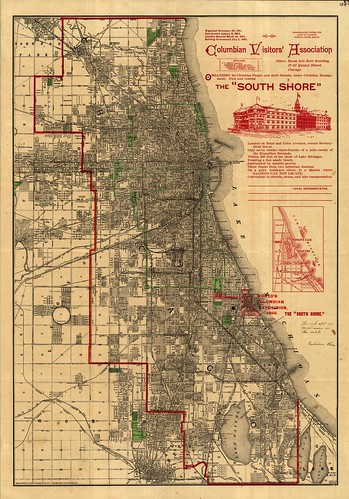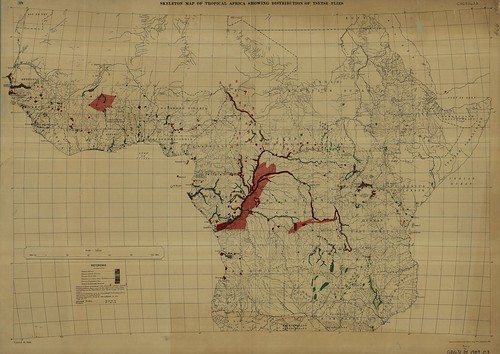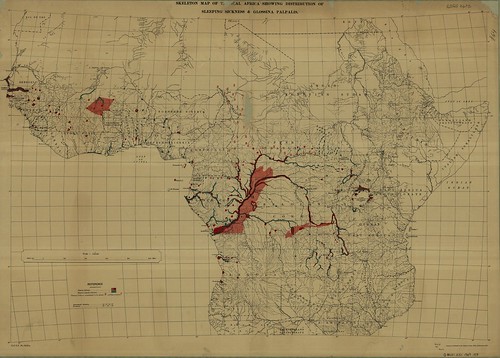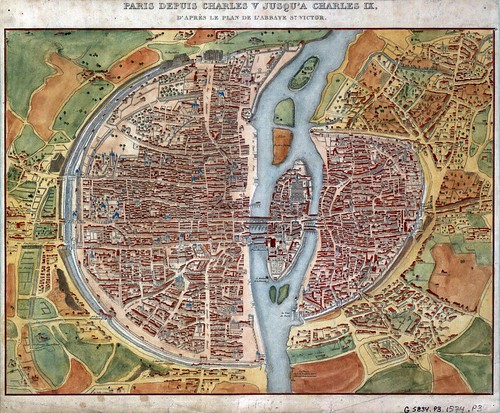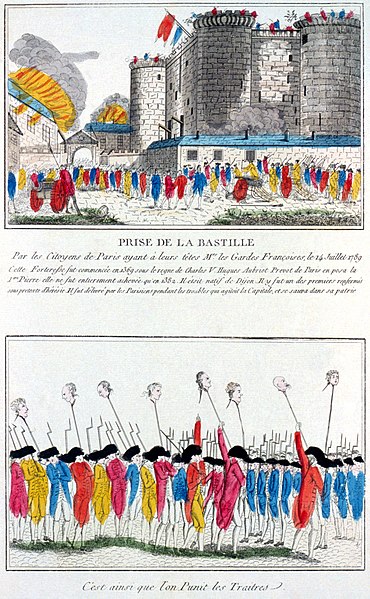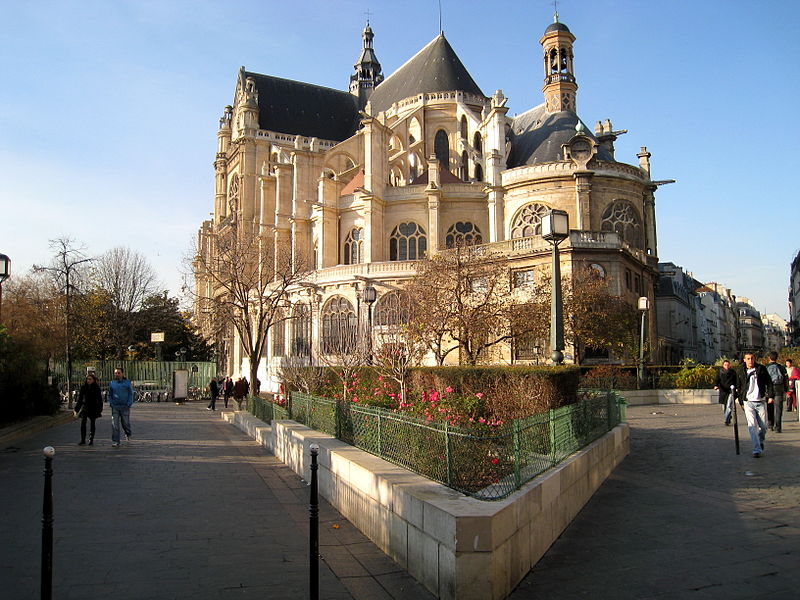The above map depicts the city of Columbus, Ohio in 1902 in an azimuthal projection with the center focused on the city of Columbus. This unique perspective includes a limited view of the region with a 70 mile range and highlights numerous gas and coal fields along with railroads connecting the region.
A notable location on the map includes the Hocking Coal Fields (southeast of Columbus) which includes New Straitsville, Ohio. This was the site of the 1884 coal miners strike where striking coal miners planned for their strike in Robinson’s Cave, and pushed burning coal cars into a coal mine owned by the New Straitsville Mining Company, setting the mine ablaze.
While not completed until 1903, the Columbus, Delaware, and Marion interurban electric railway is clearly depicted on this map.
There are several other interesting locations on this map. Feel free to share you favorites by including them in the comments for this blog post.


